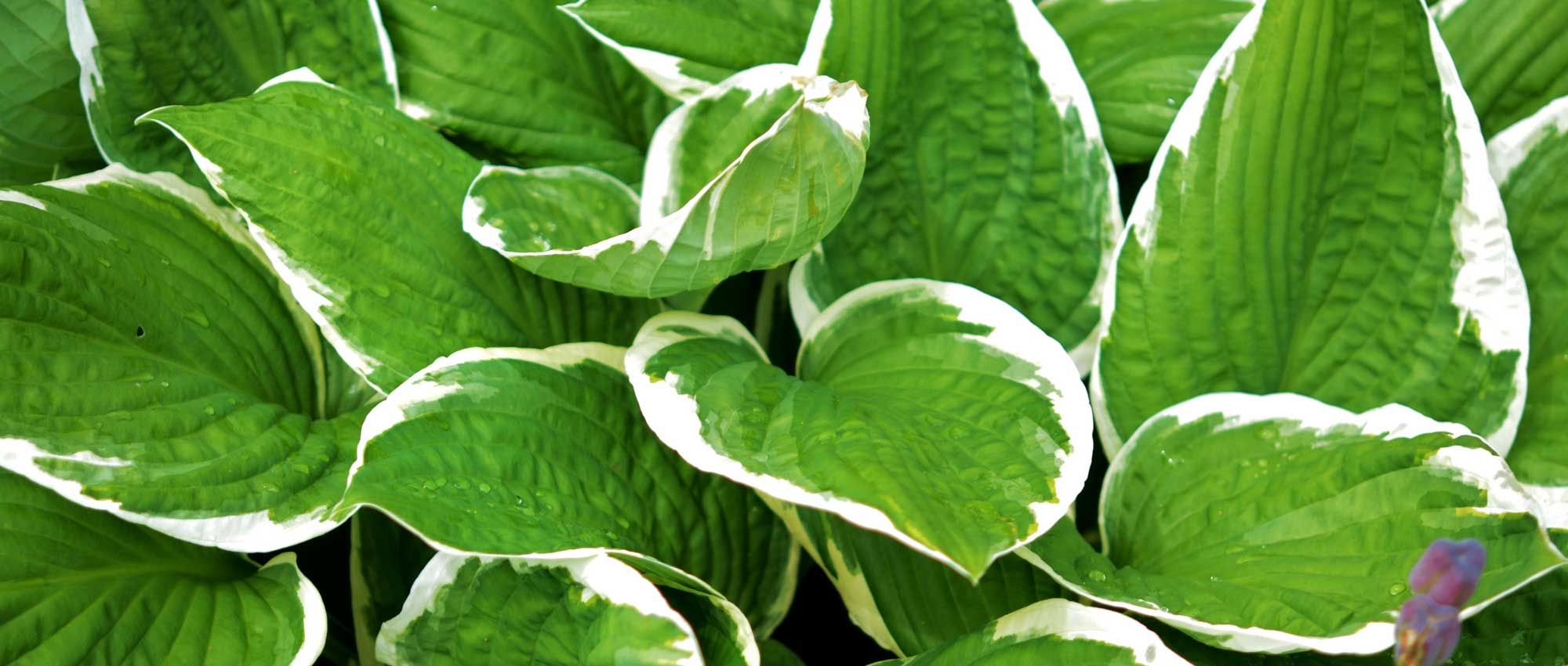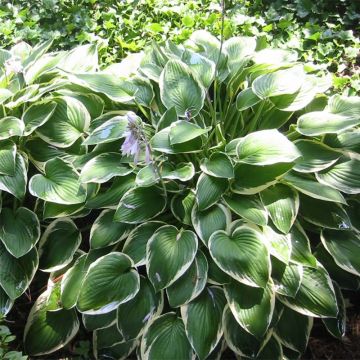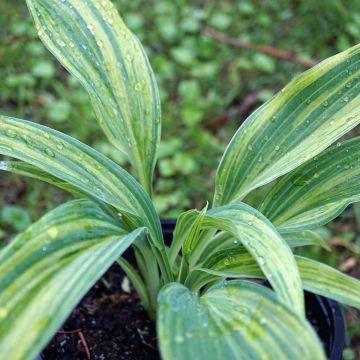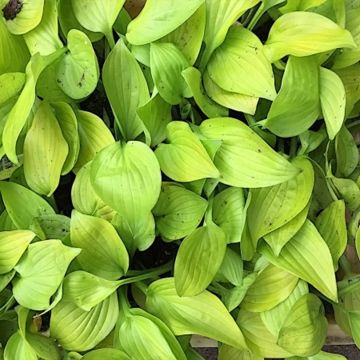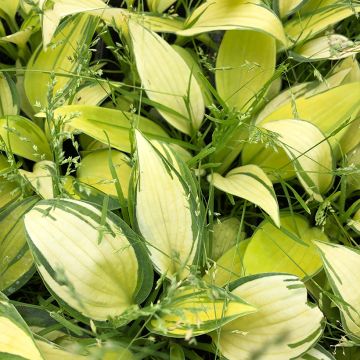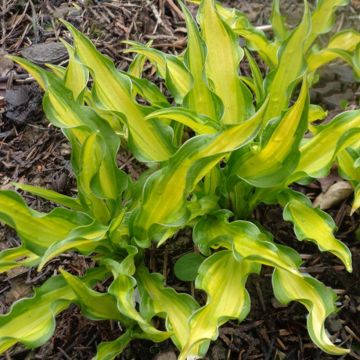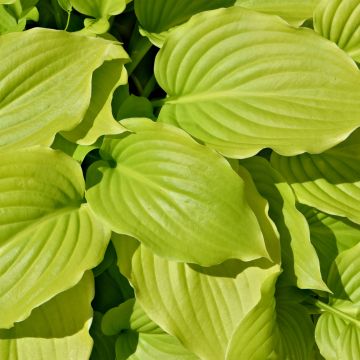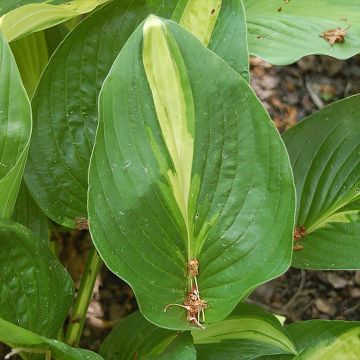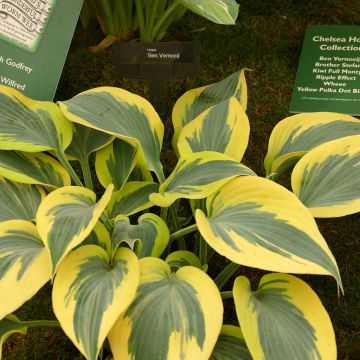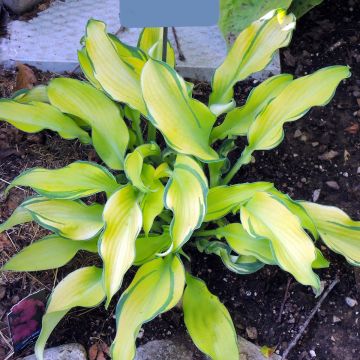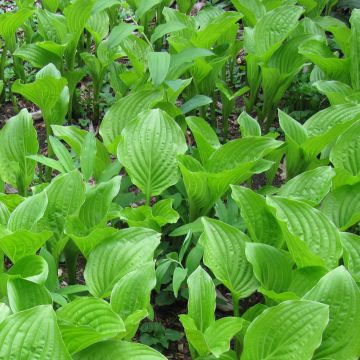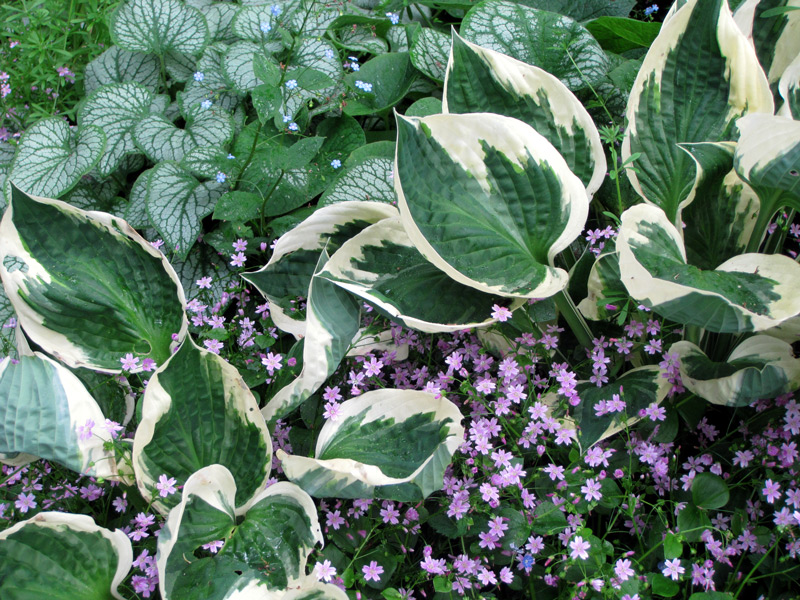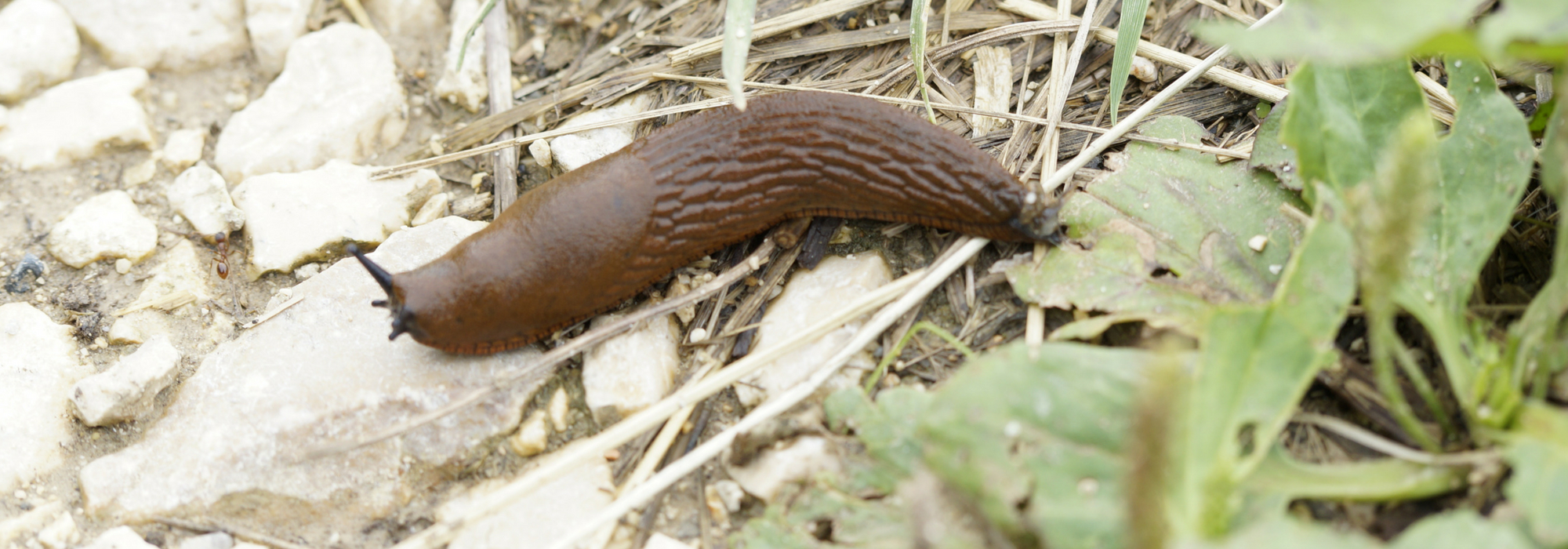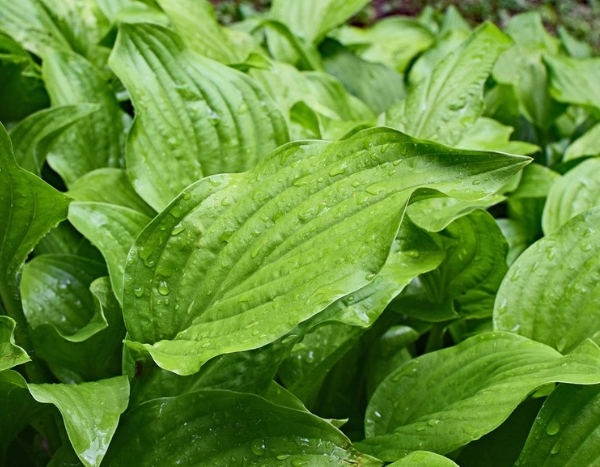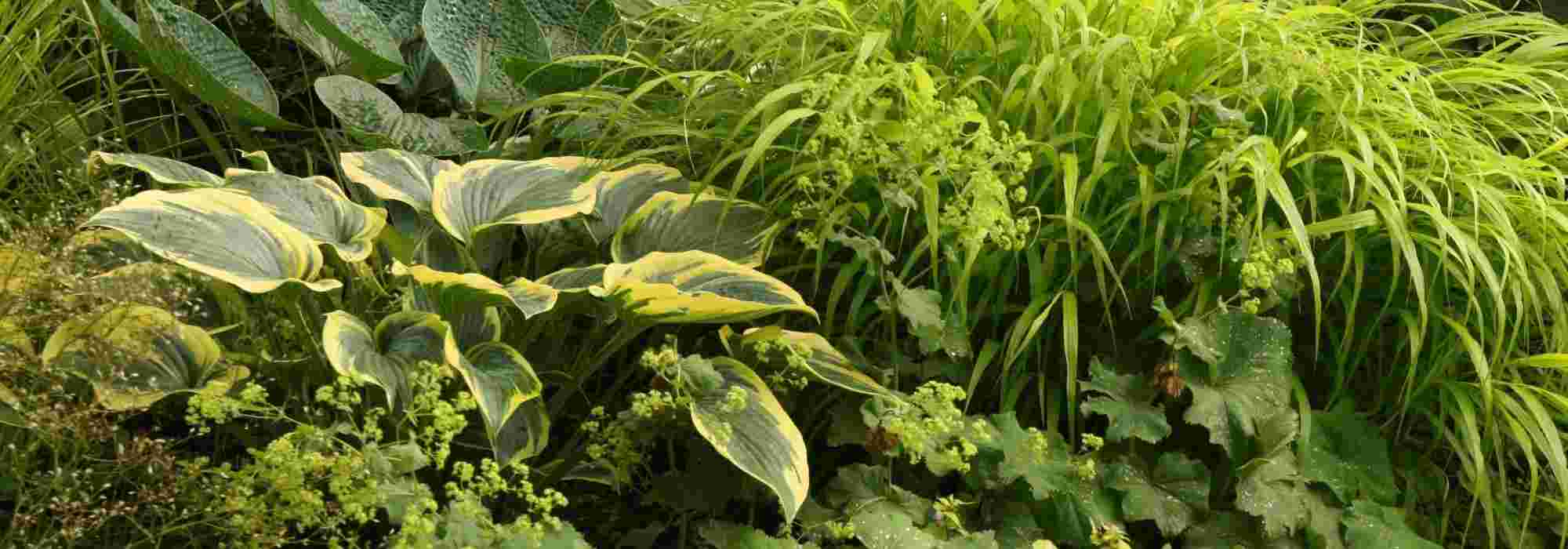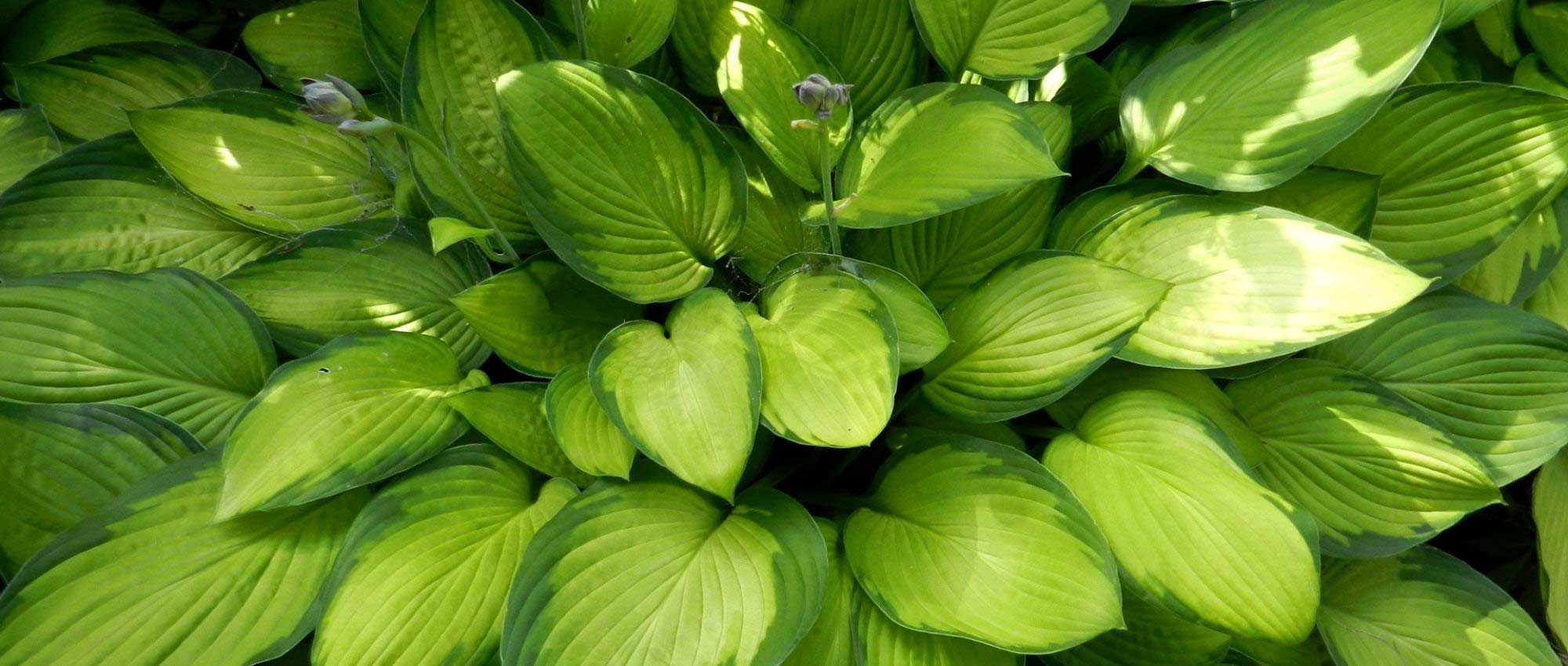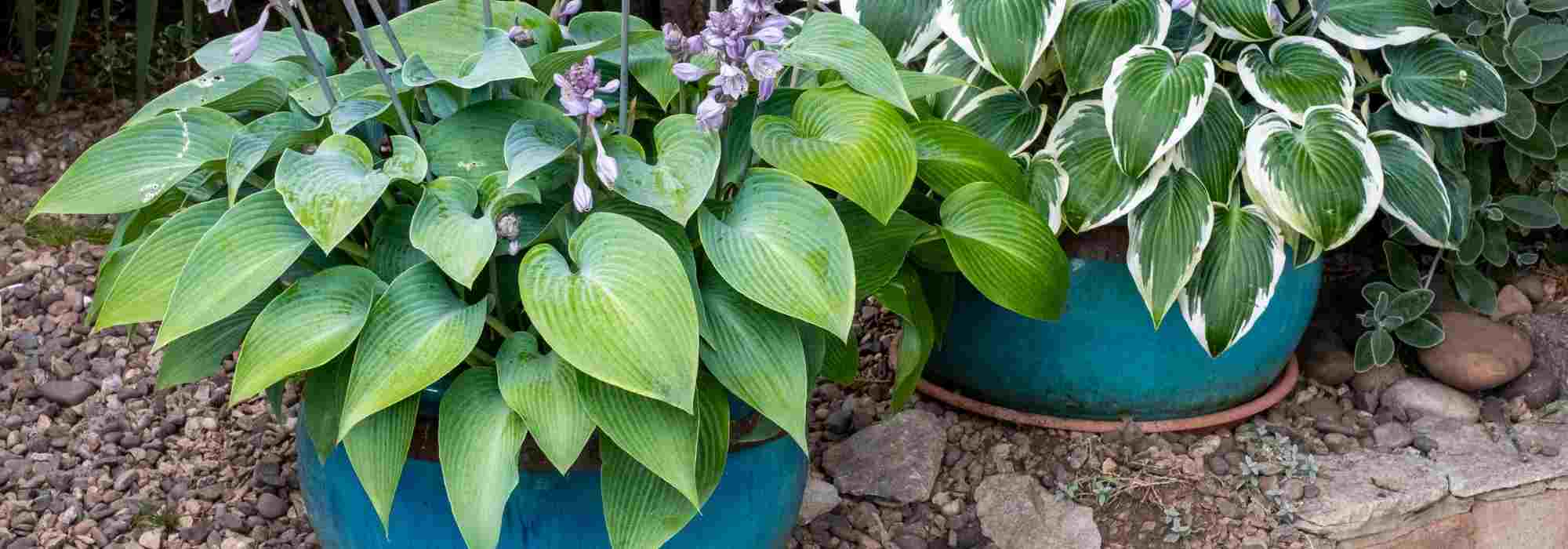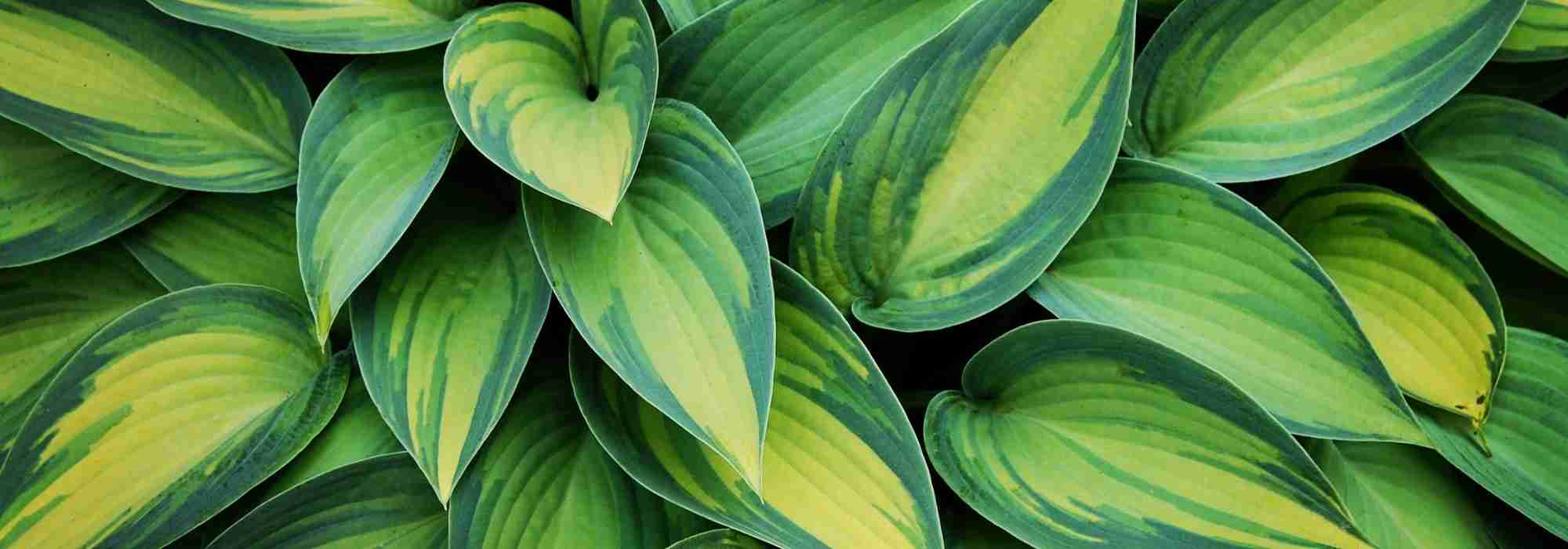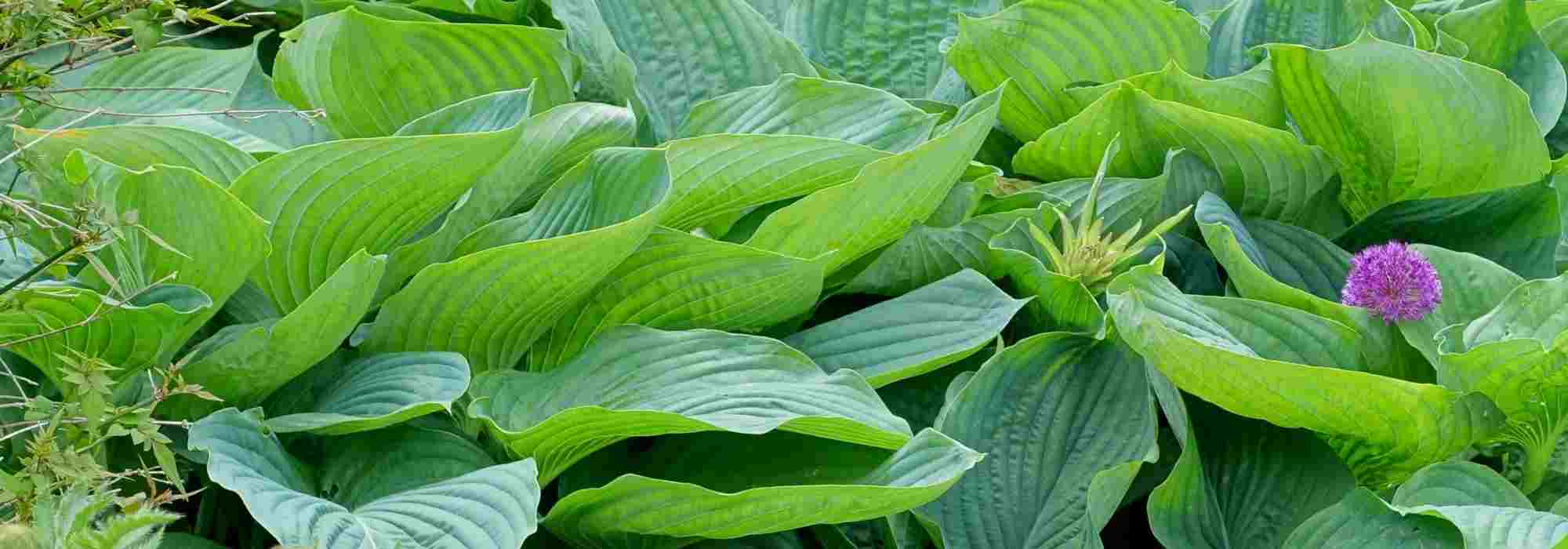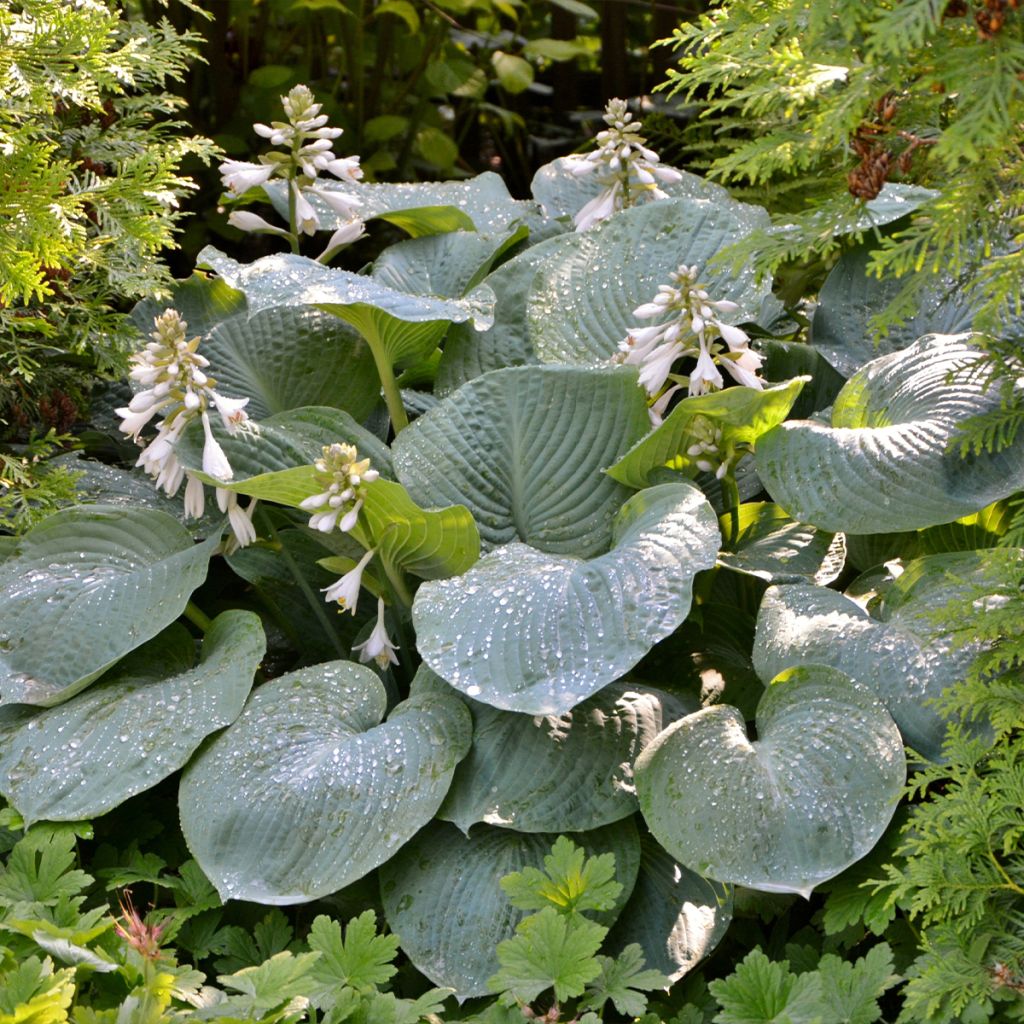

Hosta Blue Angel
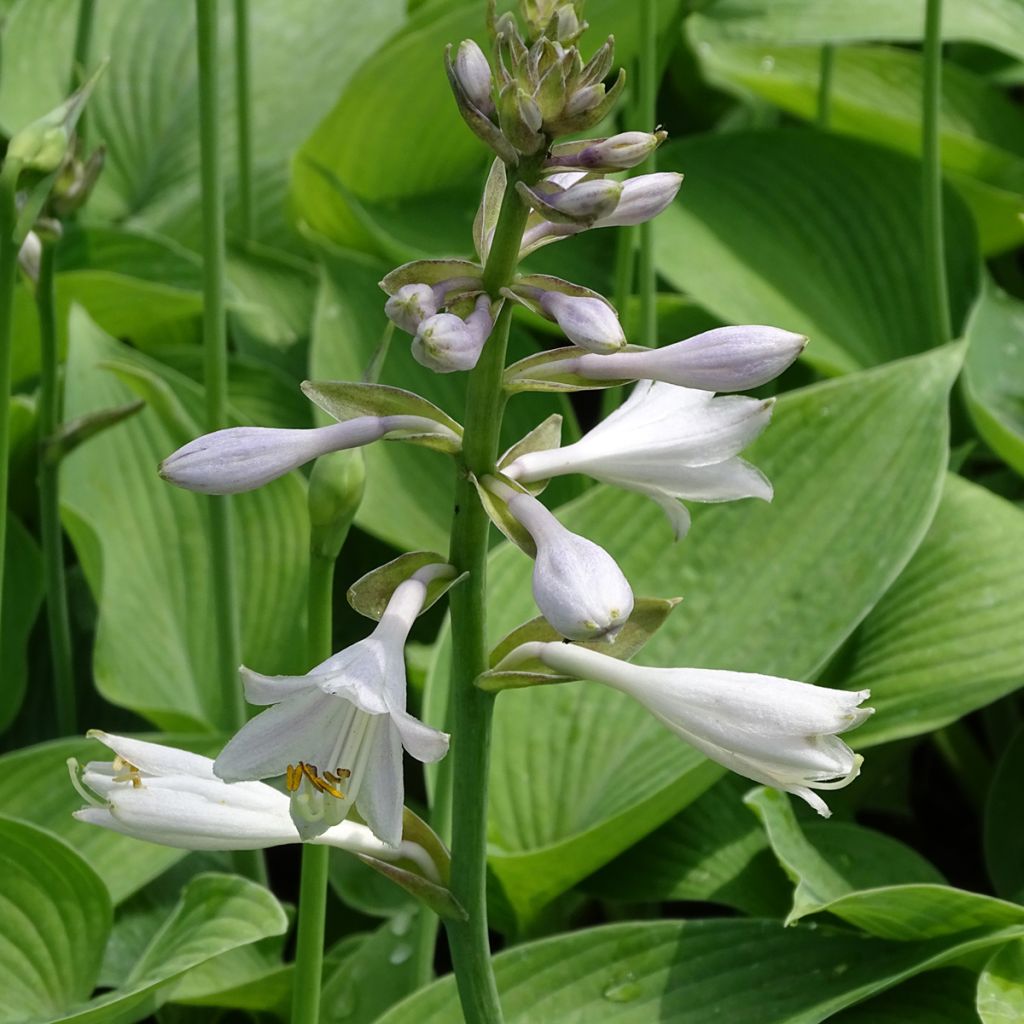

Hosta Blue Angel
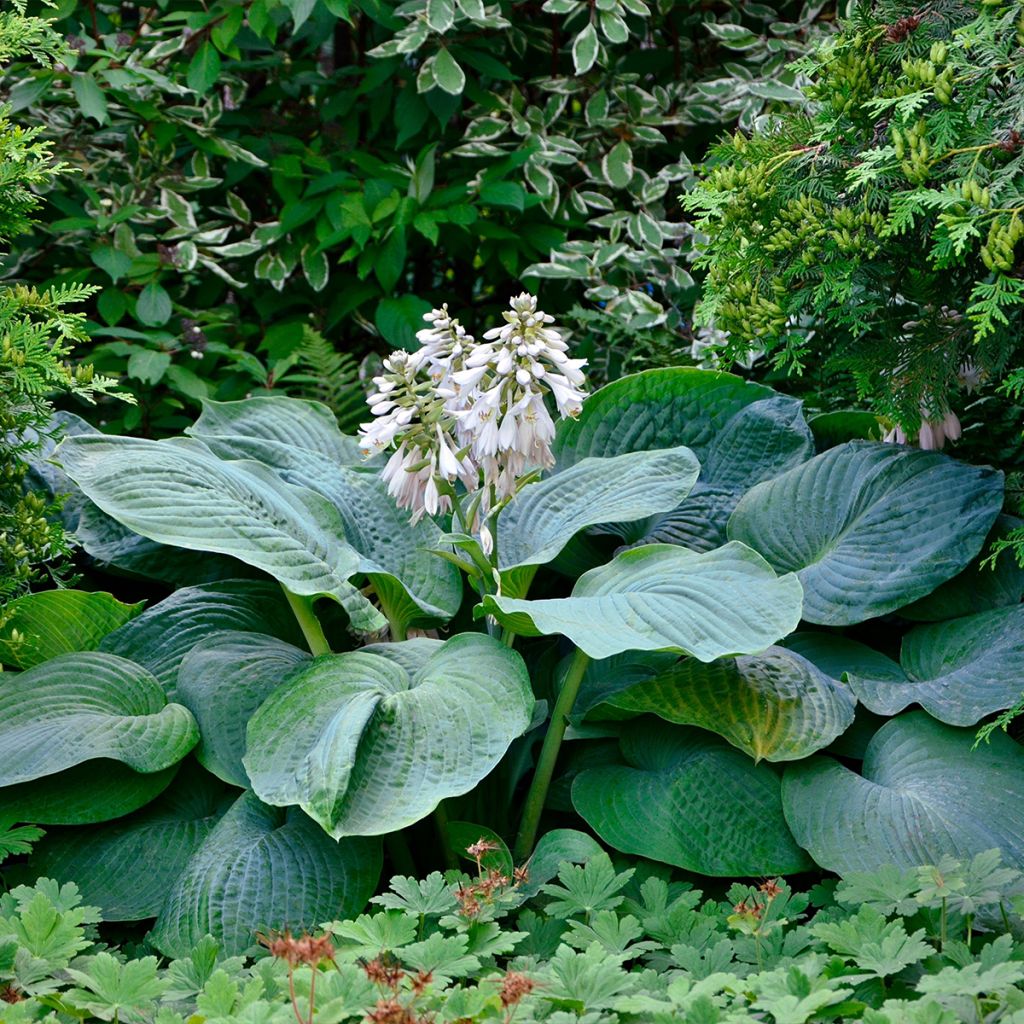

Hosta Blue Angel
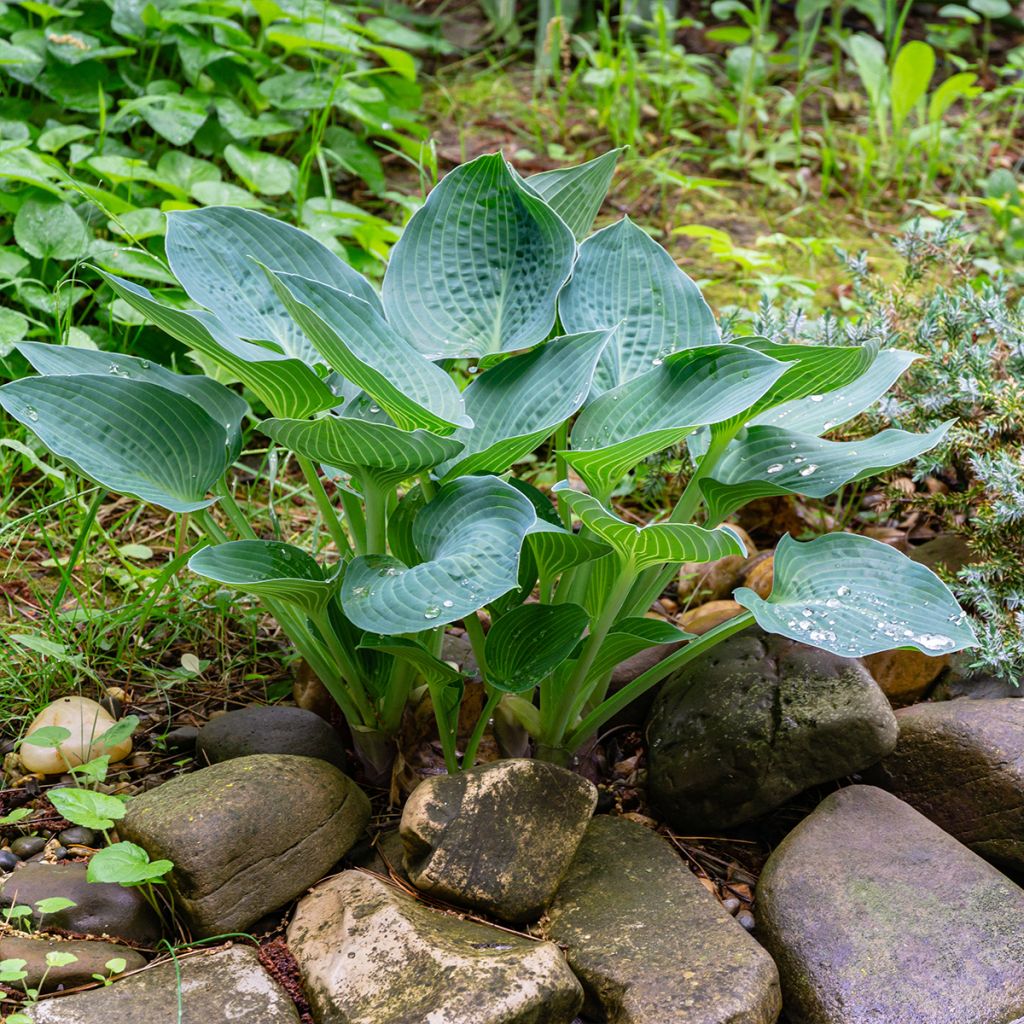

Hosta Blue Angel
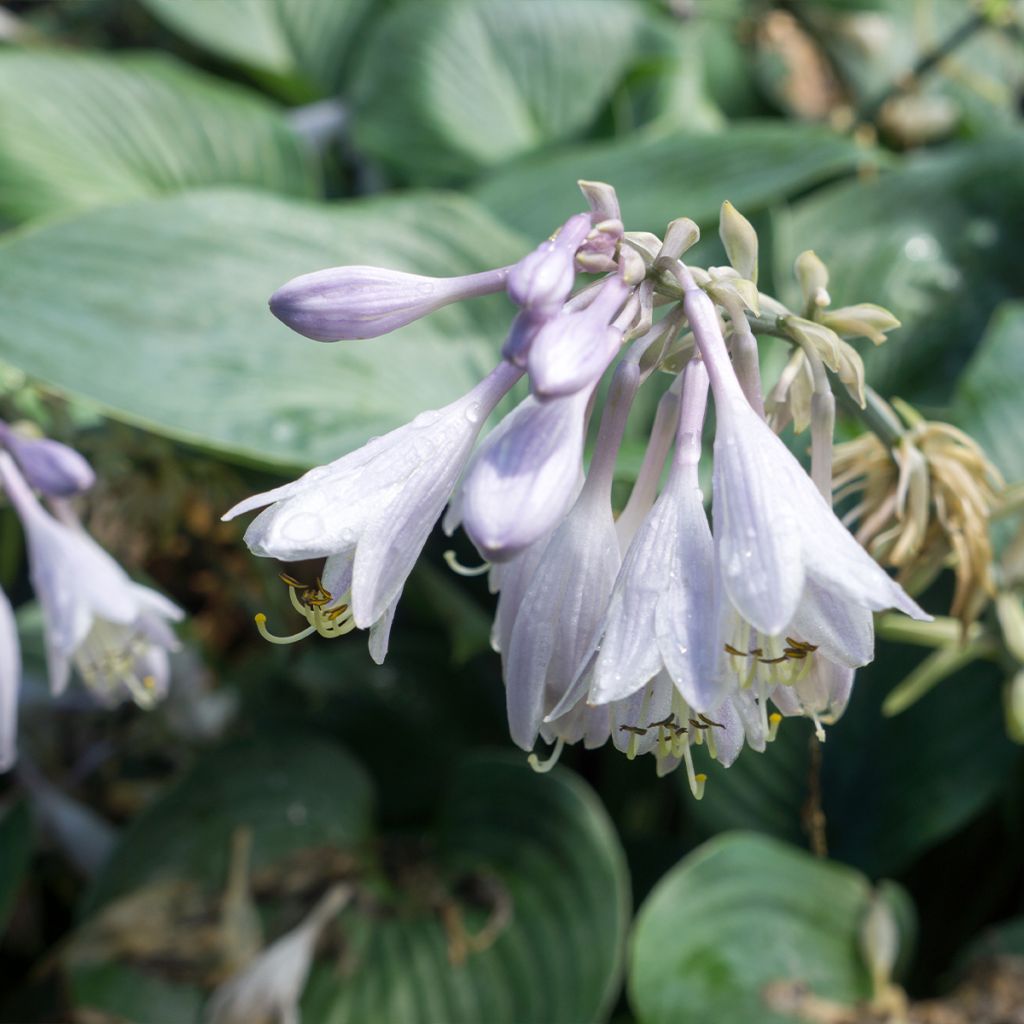

Hosta Blue Angel
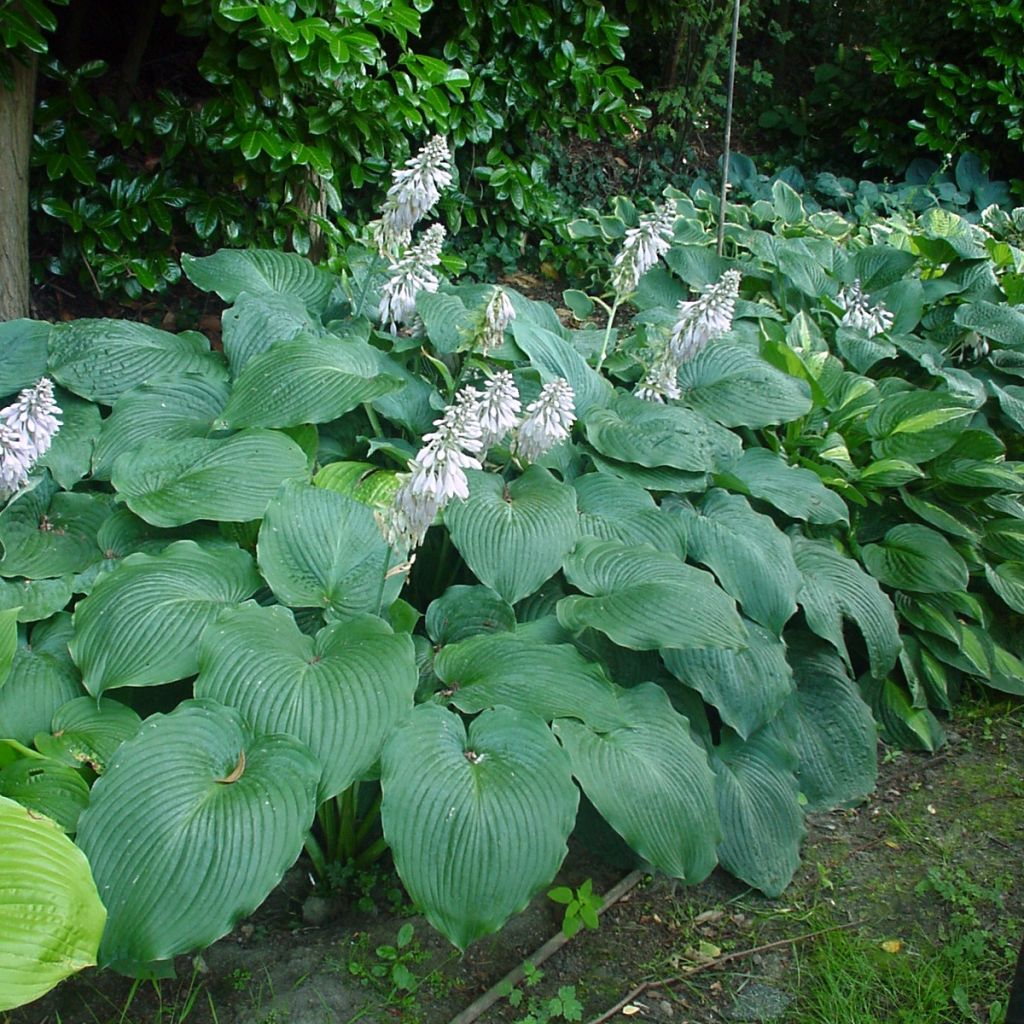

Hosta Blue Angel
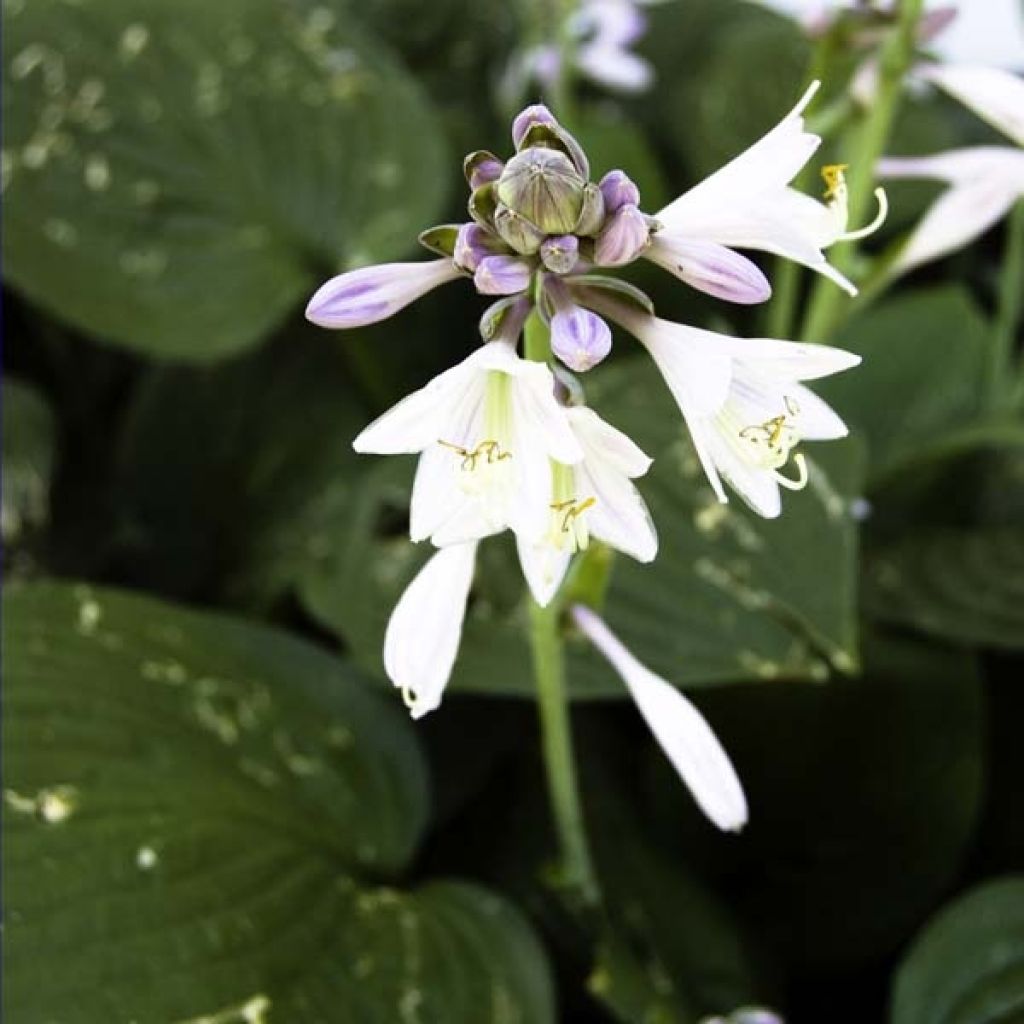

Hosta Blue Angel
Hosta Blue Angel
Hosta Hosta Blue Angel
Plantain Lily, Funkia
I will give my opinion next spring, as the few leaves of the hostas were quite sad.
Marie, 07/09/2024
Special offer!
Receive a €20 voucher for any order over €90 (excluding delivery costs, credit notes, and plastic-free options)!
1- Add your favorite plants to your cart.
2- Once you have reached €90, confirm your order (you can even choose the delivery date!).
3- As soon as your order is shipped, you will receive an email containing your voucher code, valid for 3 months (90 days).
Your voucher is unique and can only be used once, for any order with a minimum value of €20, excluding delivery costs.
Can be combined with other current offers, non-divisible and non-refundable.
Home or relay delivery (depending on size and destination)
Schedule delivery date,
and select date in basket
This plant carries a 12 months recovery warranty
More information
We guarantee the quality of our plants for a full growing cycle, and will replace at our expense any plant that fails to recover under normal climatic and planting conditions.



Does this plant fit my garden?
Set up your Plantfit profile →
Description
The Hosta 'Blue Angel' offers some of the most beautiful foliage in the 'blues' category. It is a vigorous variety, which develops large corrugated leaves of a very blue-gray, with parallel veins. Held almost horizontally by upright petioles, these cascading leaves form a magnificent mound of foliage, from which emerge in summer many spikes laden with light lavender to pure white flowers, very decorative. This very beautiful perennial plant has a great effect on the edge of the undergrowth, in a contemporary or Japanese-style border, always in shade or semi-shade, planted in moist but well-drained soil.
This Hosta, or Funkia, is a perfectly hardy perennial from the liliaceae family or hostaceae family according to different classifications. This excellent variety has been awarded many times in the United States and distinguished in England by the Royal Horticultural Society. 'Blue Angel' carries the genes of a large Japanese species called Hosta sieboldiana. This large perennial shows, from spring, a very wide clump habit. The plant, mature in 5 or 6 years, will reach 70-80 cm (28-32in) in height and it can spread over 1.20m (4ft), if the conditions are met. It is a long-lived plant, whose strongly veined leaves have a heart shape. The lamina, which can measure 40 cm (16in) in length, is thick and slightly puckered. This thick foliage resists gastropod attacks quite well. Flowering usually takes place in July-August, in the form of elongated bell-shaped flowers, grouped towards the top of the 1.10m (4ft) to 1.20m (4ft) tall scapes, which emerge well from the foliage. Each flower bursts in a pale lavender shade, then quickly becomes white. This perennial spreads by stolons, like strawberries. All the above-ground, deciduous vegetation disappears in winter.
Traditionally, hostas are planted under deciduous trees, in cool beds or in rockeries and borders, especially near water features. It is a perennial that can be grown in pots and even as a standalone plant. Hosta Blue Angel pairs well with ferns and astilbes, for example, these plants appreciate the same environments. To highlight its extraordinary foliage, combine it with yellow to golden false grasses, preferably including Carex and Hakonechloa.
Hosta Blue Angel in pictures
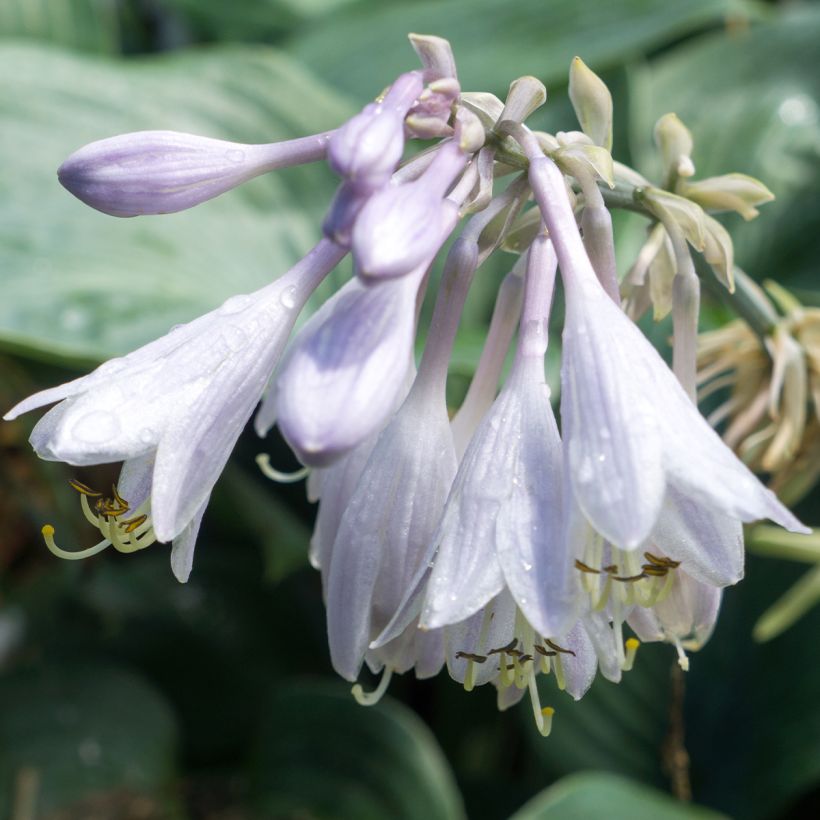

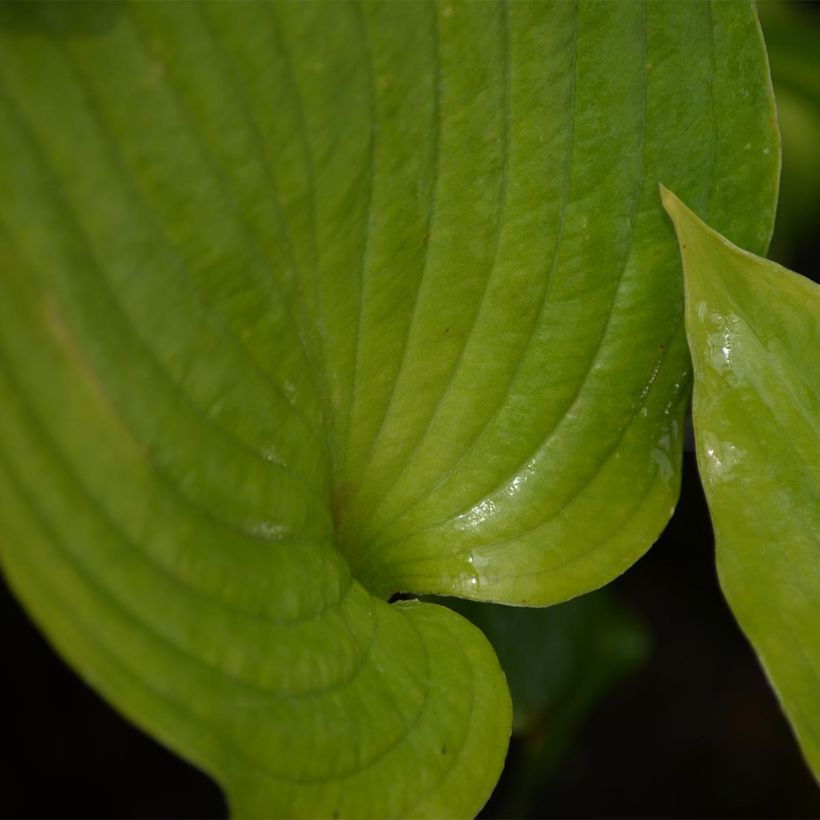

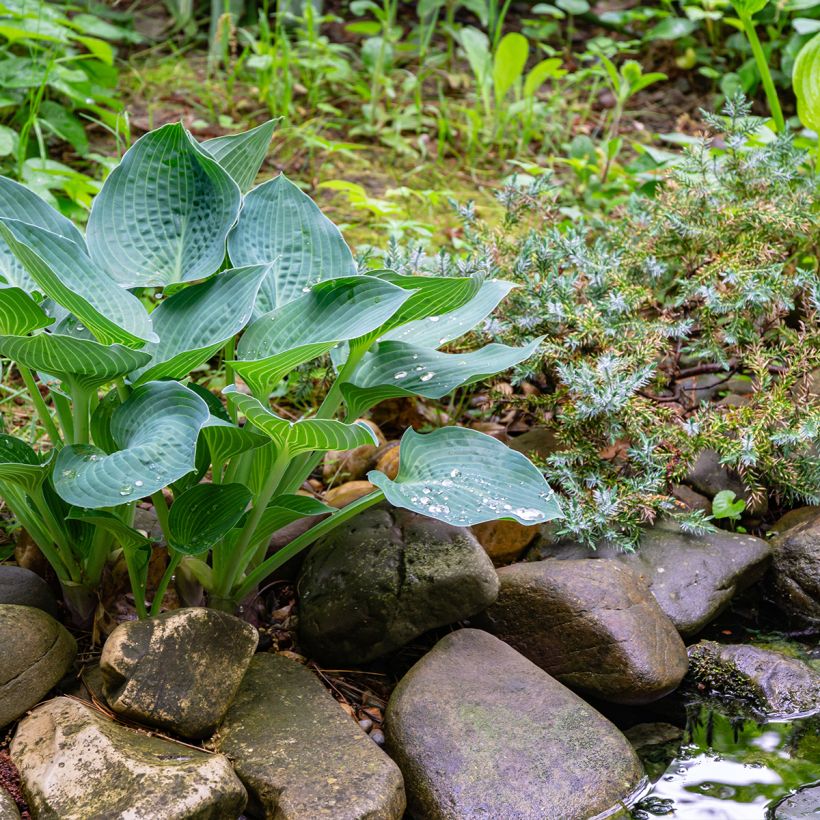

Flowering
Foliage
Plant habit
Botanical data
Hosta
Hosta Blue Angel
Liliaceae - Hostaceae
Plantain Lily, Funkia
Cultivar or hybrid
Other Hostas - Plantain Lilies
View all →Planting and care
Hostas are planted in spring or autumn. Hostas prefer a deep, rich, humus-bearing, loose soil, preferably neutral to acidic (at least low in limestone), moist to wet throughout the year. Plant them in partial shade or dappled shade, and in a sheltered position away from strong winds.
Prepare a planting hole of 20 cm (8in) x 20 cm (8in) x 20 cm (8in). If your soil is heavy, mix equal parts of compost with crumbled soil, partially backfill the hole, and place your plant with the root ball so that the top of the root ball is covered with 3 cm (1in) of soil. Adding a slow-release fertilizer (dehydrated blood, horn powder) will nourish your plant during its rooting period without the risk of burning. Make sure to position the collar well above ground level. Firm the soil and water thoroughly to eliminate air pockets. If the weather is dry, you will need to water regularly for a few weeks to facilitate the establishment of your plant. Also, water regularly during dry summers.
With their common preference for moist areas, slugs and snails never stray far from hostas. Even though blue or variegated hostas often have thicker and tougher foliage, which is less appealing to slugs, these plants still need to be protected from gastropods. Protect your hostas by surrounding them with ferramol-based pellets (approved for organic farming), eggshells, coffee grounds, wood chips, or any dry and rough natural substance that repels them. Hedgehogs are the gardener's best allies in gastropod control, as they do not till the soil like chickens and do not attack the tender green shoots of young plants. Finally, some plants have a repulsive odor for slugs, such as wormwood and garlic.
Planting period
Intended location
Care
Planting & care advice
-
, onOrder confirmed
Reply from on Promesse de fleurs
Haven't found what you were looking for?
Hardiness is the lowest winter temperature a plant can endure without suffering serious damage or even dying. However, hardiness is affected by location (a sheltered area, such as a patio), protection (winter cover) and soil type (hardiness is improved by well-drained soil).

Photo Sharing Terms & Conditions
In order to encourage gardeners to interact and share their experiences, Promesse de fleurs offers various media enabling content to be uploaded onto its Site - in particular via the ‘Photo sharing’ module.
The User agrees to refrain from:
- Posting any content that is illegal, prejudicial, insulting, racist, inciteful to hatred, revisionist, contrary to public decency, that infringes on privacy or on the privacy rights of third parties, in particular the publicity rights of persons and goods, intellectual property rights, or the right to privacy.
- Submitting content on behalf of a third party;
- Impersonate the identity of a third party and/or publish any personal information about a third party;
In general, the User undertakes to refrain from any unethical behaviour.
All Content (in particular text, comments, files, images, photos, videos, creative works, etc.), which may be subject to property or intellectual property rights, image or other private rights, shall remain the property of the User, subject to the limited rights granted by the terms of the licence granted by Promesse de fleurs as stated below. Users are at liberty to publish or not to publish such Content on the Site, notably via the ‘Photo Sharing’ facility, and accept that this Content shall be made public and freely accessible, notably on the Internet.
Users further acknowledge, undertake to have ,and guarantee that they hold all necessary rights and permissions to publish such material on the Site, in particular with regard to the legislation in force pertaining to any privacy, property, intellectual property, image, or contractual rights, or rights of any other nature. By publishing such Content on the Site, Users acknowledge accepting full liability as publishers of the Content within the meaning of the law, and grant Promesse de fleurs, free of charge, an inclusive, worldwide licence for the said Content for the entire duration of its publication, including all reproduction, representation, up/downloading, displaying, performing, transmission, and storage rights.
Users also grant permission for their name to be linked to the Content and accept that this link may not always be made available.
By engaging in posting material, Users consent to their Content becoming automatically accessible on the Internet, in particular on other sites and/or blogs and/or web pages of the Promesse de fleurs site, including in particular social pages and the Promesse de fleurs catalogue.
Users may secure the removal of entrusted content free of charge by issuing a simple request via our contact form.
The flowering period indicated on our website applies to countries and regions located in USDA zone 8 (France, the United Kingdom, Ireland, the Netherlands, etc.)
It will vary according to where you live:
- In zones 9 to 10 (Italy, Spain, Greece, etc.), flowering will occur about 2 to 4 weeks earlier.
- In zones 6 to 7 (Germany, Poland, Slovenia, and lower mountainous regions), flowering will be delayed by 2 to 3 weeks.
- In zone 5 (Central Europe, Scandinavia), blooming will be delayed by 3 to 5 weeks.
In temperate climates, pruning of spring-flowering shrubs (forsythia, spireas, etc.) should be done just after flowering.
Pruning of summer-flowering shrubs (Indian Lilac, Perovskia, etc.) can be done in winter or spring.
In cold regions as well as with frost-sensitive plants, avoid pruning too early when severe frosts may still occur.
The planting period indicated on our website applies to countries and regions located in USDA zone 8 (France, United Kingdom, Ireland, Netherlands).
It will vary according to where you live:
- In Mediterranean zones (Marseille, Madrid, Milan, etc.), autumn and winter are the best planting periods.
- In continental zones (Strasbourg, Munich, Vienna, etc.), delay planting by 2 to 3 weeks in spring and bring it forward by 2 to 4 weeks in autumn.
- In mountainous regions (the Alps, Pyrenees, Carpathians, etc.), it is best to plant in late spring (May-June) or late summer (August-September).
The harvesting period indicated on our website applies to countries and regions in USDA zone 8 (France, England, Ireland, the Netherlands).
In colder areas (Scandinavia, Poland, Austria...) fruit and vegetable harvests are likely to be delayed by 3-4 weeks.
In warmer areas (Italy, Spain, Greece, etc.), harvesting will probably take place earlier, depending on weather conditions.
The sowing periods indicated on our website apply to countries and regions within USDA Zone 8 (France, UK, Ireland, Netherlands).
In colder areas (Scandinavia, Poland, Austria...), delay any outdoor sowing by 3-4 weeks, or sow under glass.
In warmer climes (Italy, Spain, Greece, etc.), bring outdoor sowing forward by a few weeks.






























